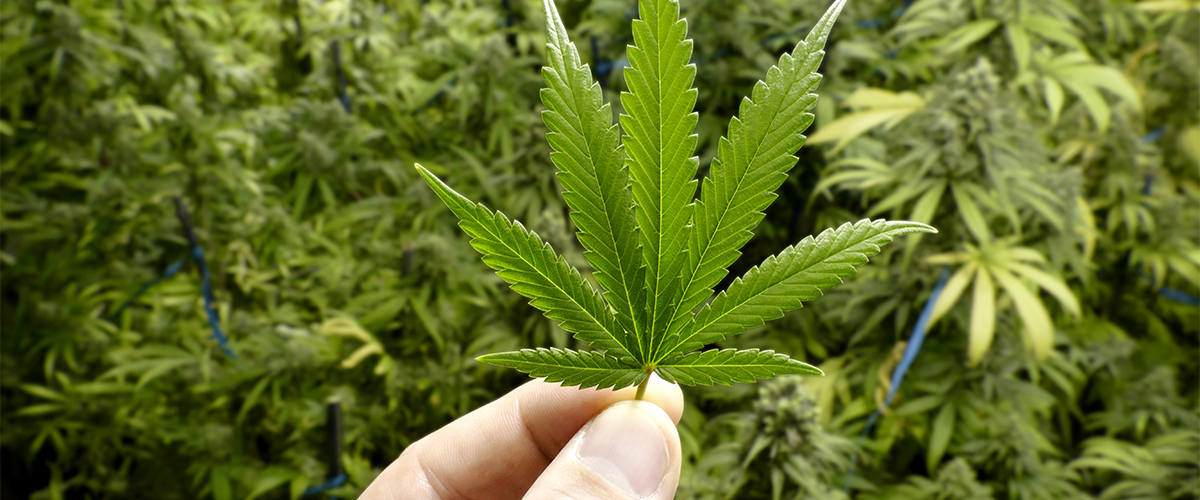A new study finds evidence of cannabis cultivation in Tibet 28 million years ago.
While scientists have long known that cannabis plants originated in Central Asia, new research efforts may offer even more specifics on where the versatile plant may have first evolved.
A new study from researchers at the University of Vermont suggests that the cannabis plant’s origin dates back 28 million years ago in Tibet. Specifically, the scientists determined that cannabis initiated in the general vicinity of Qinghai Lake, the largest lake in China. The area, also known as Koko Nor or Tso Ngonpo, carries a rich historical context for being known as a melting pot for a variety of ethnic groups.
John McPartland, the study’s lead author, explained in the new report that although scientific knowledge has long pointed to Asia as the origin of cannabis, the specific location has not been clear.
“Despite a voluminous literature emerging in the last three decades, the classification of cannabis and its centre of origin remains under debate,” he stated in the report.
McPartland and his colleagues used a molecular clock to date cannabis back 28 million years. By using 155 fossil pollen studies and geographic information system software, the group was able to map out and trace the origin to the Tibetan Plateau in China.
Numerous fossil pollen studies have been conducted in the past decades, starting in the 1930s when scientists were looking to overcome the lack of print fossils that have made it difficult to identify the origin of cannabis. The researchers were able to use those fossil pollen studies to more specifically trace cannabis’s origin and long history.
The researchers were also able to track the origin of hemp through subfossil seeds. The ecological data used by McPartland and his team traced hemp cultivation back more than 19 million years.

The Migration of Cannabis
From Asia, the cannabis plant dispersed westward to Russia and Europe 6 million years ago, according to the new study, before spreading into Eastern China 1.2 million years ago. Scientists found cannabis pollen in India 32,000 years ago. The earliest material remains were found in Japan 10,000 BCE (Before Common Era.)
Reports have found archaeological evidence of cannabis in many areas of ancient China. Burned cannabis seeds have been found in burial mounds in Siberia dating back to 3,000 B.C., according to a Live Science report. The seeds were also reportedly found in some of the tombs of noble people buried in the Xinjiang region of China and Siberia around 2500 B.C.
Due to its durability, fast-growth, and usability, hemp was grown in colonial America and in Spanish missions in the Southwest. In Colonial America in the early 1600s, farmers were required to grow hemp.
According to previous research investigating the history of cannabis, the term “Cannabis sativa” was first coined in the mid-18th century by Carl Linnaeus, a Swedish botanist and physician.
The most recent study, “Cannabis in Asia: its center of origin and early cultivation, based on a synthesis of subfossil pollen and archaeobotanical studies,” was published in the journal Vegetation History and Archaeobotany in May.
More Cannabis Research
Keep up with the latest studies on cannabis by regularly visiting our Scientific Research page, or read through our cannabis research overviews on our education page.






